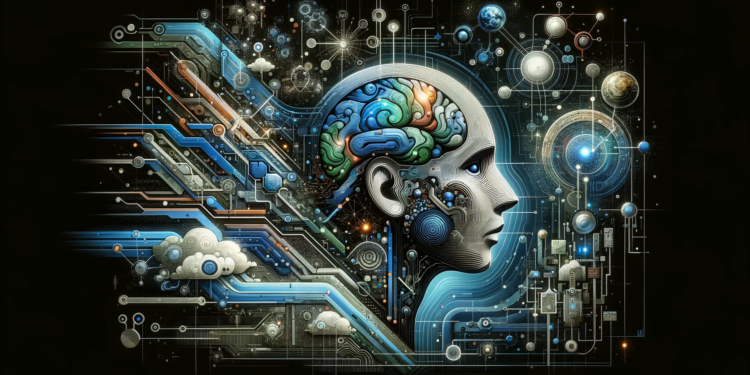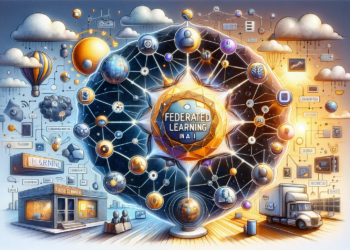Artificial intelligence (AI) has progressed at a dizzying pace, particularly in the realm of generative language models. Within this domain, models like GPT (Generative Pretrained Transformer) have become synonymous with the most advanced artificial cognitive capabilities in terms of natural language processing (NLP).
Theoretical Foundations of GPT
Beginning from a theoretical perspective, the fundamental architecture of GPT is built upon the premise of Transformers, introduced by Vaswani et al. (2017) in their seminal work “Attention Is All You Need.” Transformers revolutionized the field of NLP by emphasizing attention mechanisms over the older structures of recurrent and convolutional neural networks.
GPT models, developed by OpenAI, capitalize on this architecture by incorporating vast amounts of trainable parameters and a diversity of pretraining data. This combination enables GPT not only to understand the input text but also to generate coherent and contextualized content through unsupervised learning.
Evolution and Versions of GPT
GPT-3, the latest and most powerful version of these models to the knowledge cutoff date, has scaled impressively in relation to its predecessors, from the original GPT to GPT-2. With 175 billion parameters, GPT-3 emerges as a turning point in the ability of language models to process and generate text.
Scalable multi-head attention is a critical component in GPT-3, allowing the model to handle a rich diversity of contexts and nuances of language. Additionally, the addition of specialized fine-tuning mechanisms enables GPT-3 to adapt to specific tasks from limited examples, known as “few-shot learning.”
Recent Algorithmic Advances
Beyond mere scale, advances in the GPT algorithm imply improvements in pretraining efficiency and fine-tuning. Training methodologies such as differential decay and adaptive pruning of network weights (akin to synaptic pruning in neuroscience) are essential for optimizing computational performance and model generalization.
Practical Applications of GPT
In terms of practical applications, GPT has been used in automated text generation, answering questions, language translations, and the creation of educational and creative content. Each of these applications highlights GPT’s strengths in understanding and producing language in a way that was previously thought to be the exclusive domain of human intelligence.
Comparison with Previous Work
A comparison with other works underscores that while models like BERT and XLNet provided robust methodologies for language comprehension, GPT-3 has taken language generation to scales that transcend standard benchmarks, raising questions about the nature of creativity and general artificial intelligence (AGI).
Significant Case Studies
A case study is the use of GPT-3 for designing conversational interfaces (chatbots) that are capable of delivering customer service with a remarkably human-like fluency and understanding. These systems not only respond to queries but can handle complex dialogues and multitasking, demonstrating advanced contextual understanding.
Projections for Future Innovation
Looking to the future, it is anticipated that the next generation of GPT will continue to push the frontiers of NLP, potentially incorporating multimodal methods that integrate, process, and generate not just text, but also visual and acoustic data. These developments promise to mark the beginning of an era where AI could participate in tasks even closer to human holistic cognition.
In relation to AI ethics and governance, future iterations of GPT will need to address emerging risks associated with potential misuse while fostering a greater understanding of the operation and biases of these models to mitigate their adverse impact.
Conclusion
GPT stands out as a cornerstone in the evolution of AI, especially in language processing. As successive versions of these models continue to expand their boundaries, it is vital that discussions about their use, ethics, and future applications evolve in parallel. With each technical advance, opportunities to explore emerge, and more importantly, responsibilities to manage the capabilities of these generative artificial intelligence systems.






















